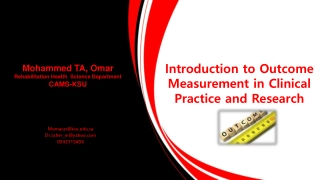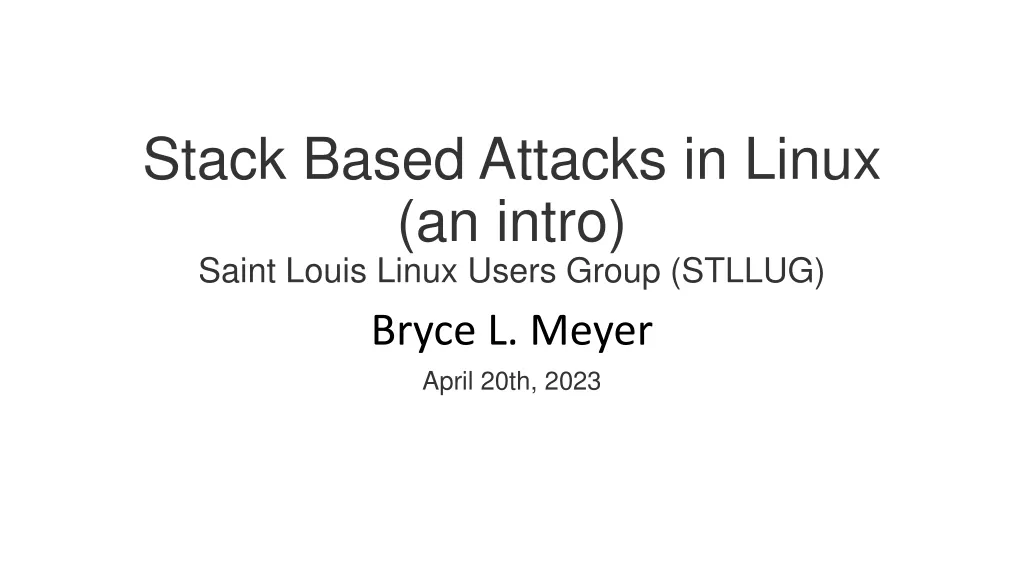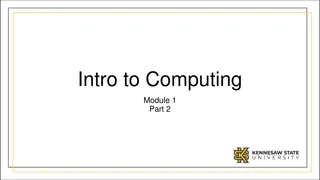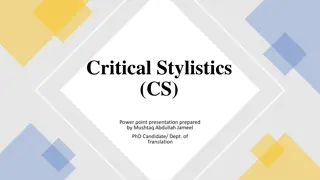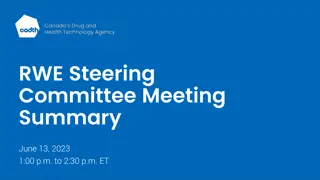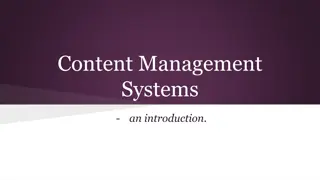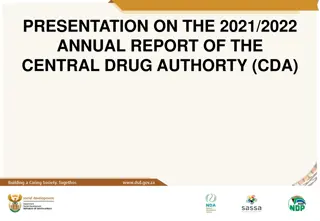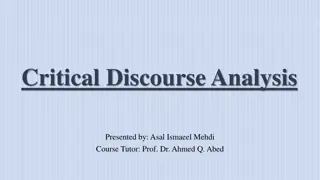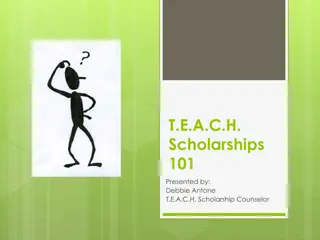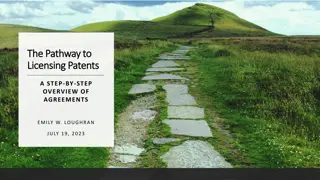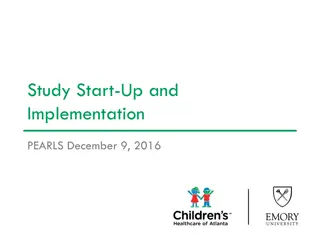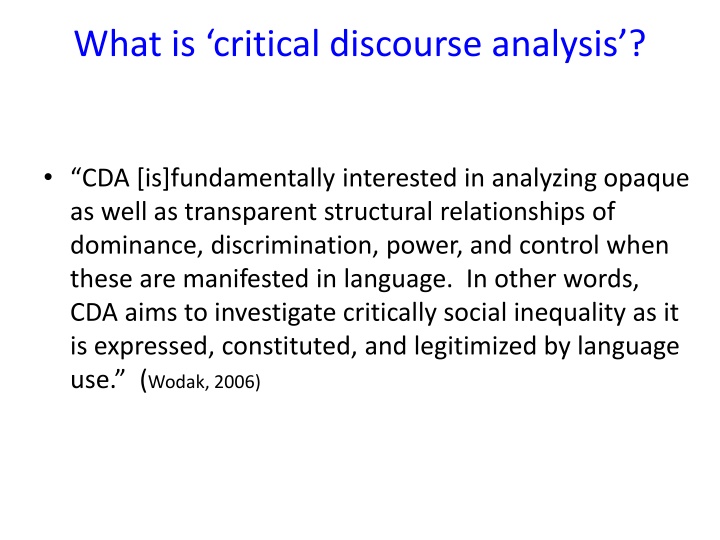
Critical Discourse Analysis and Its Roots
Critical Discourse Analysis (CDA) seeks to analyze power dynamics and social inequality as expressed through language, drawing from roots in critical theory and linguistics. This approach critiques ideologies and aims to promote social justice by examining language within broader social contexts.
Download Presentation

Please find below an Image/Link to download the presentation.
The content on the website is provided AS IS for your information and personal use only. It may not be sold, licensed, or shared on other websites without obtaining consent from the author. If you encounter any issues during the download, it is possible that the publisher has removed the file from their server.
You are allowed to download the files provided on this website for personal or commercial use, subject to the condition that they are used lawfully. All files are the property of their respective owners.
The content on the website is provided AS IS for your information and personal use only. It may not be sold, licensed, or shared on other websites without obtaining consent from the author.
E N D
Presentation Transcript
What is critical discourse analysis? CDA [is]fundamentally interested in analyzing opaque as well as transparent structural relationships of dominance, discrimination, power, and control when these are manifested in language. In other words, CDA aims to investigate critically social inequality as it is expressed, constituted, and legitimized by language use. (Wodak, 2006)
CDA i. ii. is interdisciplinary and eclectic iii. aims to critique ideologies and power as conveyed in language and other semiotic systems iv. analyzes textual features in light of the larger social context v. is openly committed to promoting social justice while being self-reflective about this. is problem-oriented (Wodak & Meyer, p. 3)
What are CDAs roots? Frankfurt School critical theory Gramsci, Habermas, Foucault Hallidayan systemic-functional grammar Critical Linguistics Discourse & Society 1990, Amsterdam 1991
Why has CDA been gaining in popularity? It addresses important contemporary issues using some familiar tools and concepts from the humanities and social sciences. It provides comprehensive, enlightening accounts of these issues. It is broadly transdisciplinary.
What do we mean by critical? Critical approaches . . . Treat social practices not just in terms of social relationships [but] in terms of their implications for things like status, solidarity, distribution of social goods, and power. --Gee, p. 33 Critical social research [including CDA] aims to contribute to addressing the social wrongs of the day (in a broad sense injustice, inequality, lack of freedom, etc.) by analyzing their sources and causes, resistances to them and possibilities of overcoming them. We can say that it has both a negative and a positive character. -- Fairclough, p. 231
Discursive practice? The discursive practice approach is grounded in four insights concerning discourse. One is the notion that social realities are linguistically/discursively constructed. The second is the appreciation of the context- bound nature of discourse. The third is the idea of discourse as social action. The fourth is the understanding that meaning is negotiated in interaction, rather than being present once- and-for-all in our utterances.
How does CDA differ from rhetorical analysis? A rhetorical analysis, using rhetoric as a hermeneutic not a heuristic, usually begins by characterizing the rhetor, genre, audience, subject, and occasion of a text. (Fahnestock & Secor) Rhetorical analysis usually aims to show how and why a text has particular effects or is persuasive to a certain audience. It does not necessarily situate the text in its broadest sociopolitical context and is not necessarily critical.
CDA addresses contemporary societal issues, seeking to show how people are manipulated by powerful interests through the medium of public discourse. gives special attention to underlying factors of ideology, power, and resistance. links together analyses of text, discursive practices, and social context. combines rhetorical theory and social theory. takes into account omissions, implicatures, presuppositions, ambiguities, and other covert but powerful aspects of discourse. takes note of interpersonal aspects of discourse such as politeness, identity, and ethos. unlike other forms of cultural criticism, they ground their analyses in close, detailed inspection of texts. encourages political activism, tries to make analyses accessible to the general public by, for example, minimizing the use of technical jargon and belletristic style. (Huckin, 2002)
Some terms Classification, connotation, definition, metaphor, presupposition, modality (certitude and voice), register (style) Deletion (e.g. agentless passive ), foregrounding, backgrounding, interpersonal stance (solidarity/distance) intertextuality Framing, extended metaphor (root metaphor) coherence, genre, heteroglossia, etc.




